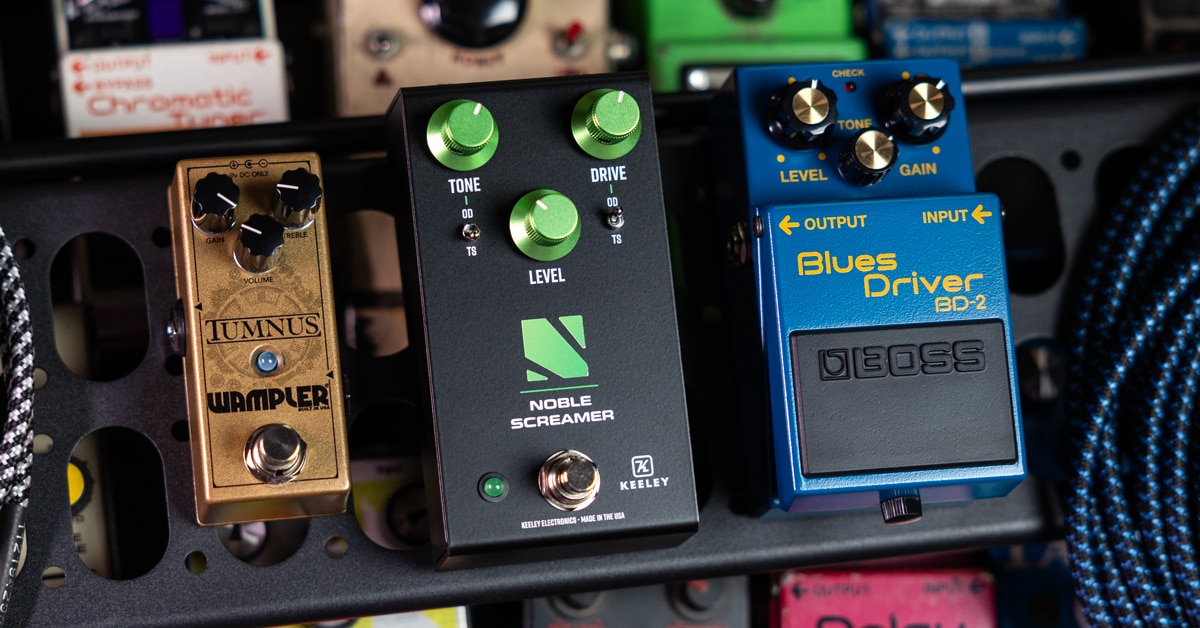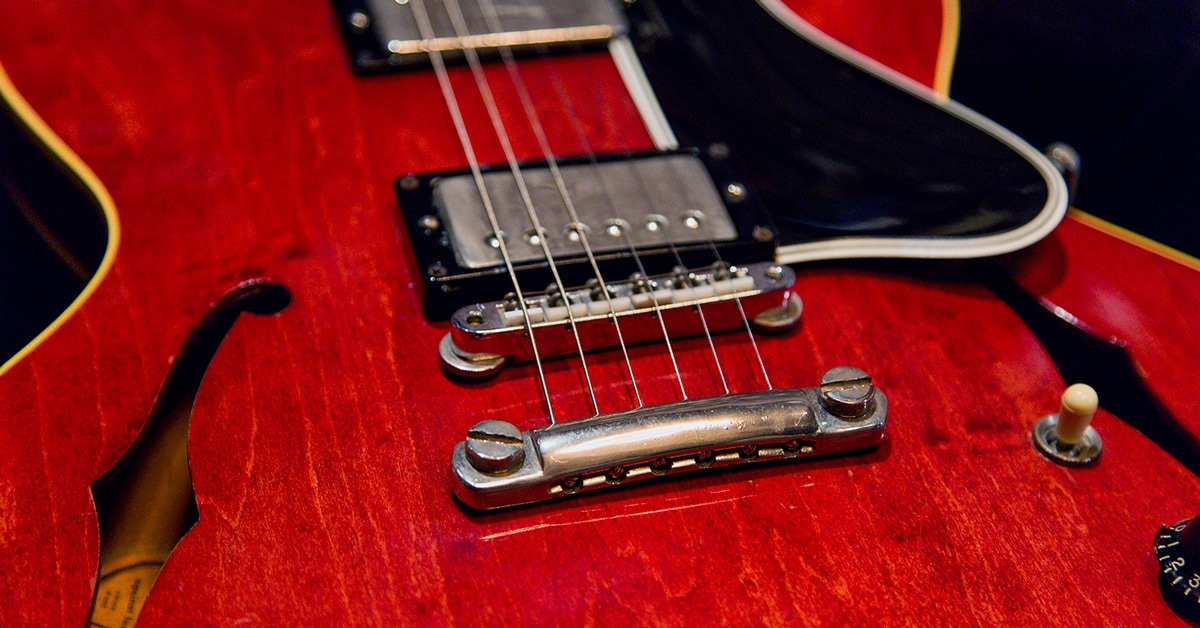So, you’re ready to buy an electric guitar. You walk into the store and immediately your eyes go wide at the enormous selection. Walls of carefully crafted, inspiring instruments, each with their own unique features are crowding your periphery. Which guitar to choose?
While technically speaking, there are no wrong choices when buying a guitar—and most serious collections consist of several different types—you still want to understand what you’re getting and what makes each type of guitar so special. There are several varieties of electric guitars, but they all basically fall into three distinct categories: solidbody, hollowbody and semi-hollowbody.
Solidbody Guitars
The solidbody electric guitar is a staple of rock ’n’ roll. Hendrix, Page, Cobain—the list goes on—all preferred solidbody guitars to other varieties. And even though their preferred guitars all fall under the umbrella term “solidbody,” there are immense differences between styles, makes and models. There isn’t one kind of solidbody guitar. These guitars include (but are not limited to) the Stratocaster, Telecaster, Les Paul and SG.
The first mass-produced solidbody electric guitar was the Fender Telecaster. The Telecaster was released by Fender in 1950, first as the Broadcaster, before being renamed as the Telecaster in the summer of 1951. Though sometimes thought of as a go-to for country players like Waylon Jennings, Brad Paisley and Keith Urban, the Tele has been used in just about every genre you can think of and is still a popular seller today—as is its cousin, the Strat, played by such legends as Jeff Beck, Stevie Ray Vaughan and Jimi Hendrix.
Primarily used for rock, pop and country, solidbody guitars can be amplified louder without as much feedback as other body styles. Unlike other designs, solidbody guitars lack a hollow resonating chamber.
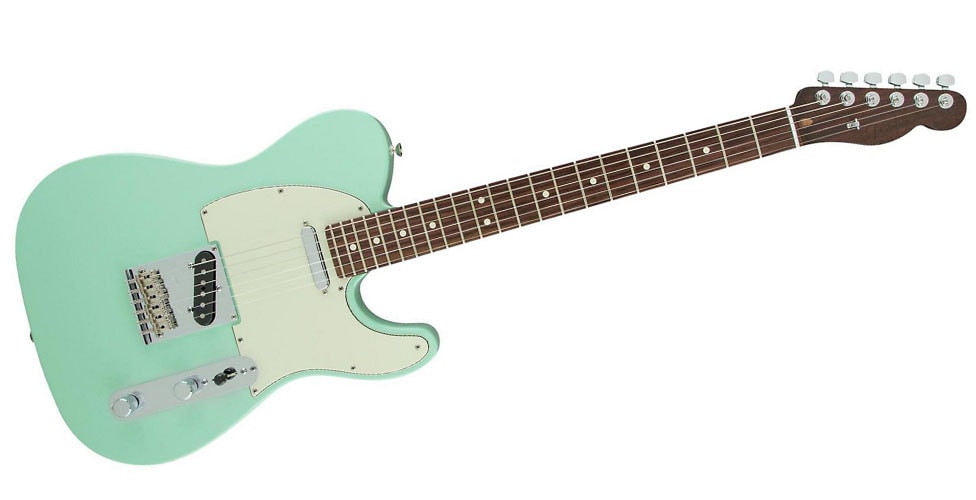
Hollowbody Guitars
Next, we have our hollowbody guitars. Generally played by jazz and blues musicians for their silky smooth electrified tone, hollowbody guitars have a large resonating chamber, with no solid construction within. This gives them a much warmer, mellower tone and more unplugged volume than solidbodies—however, this benefit comes with greater susceptibility to feedback. But don’t think that the hollowbody’s only place is in the jazz ensemble—rock ’n’ roll was practically invented on fully hollow guitars. In the ’50s, Chuck Berry was doing his duck walk with a Gibson ES-350T while Eddie Cochran was singing his “Summertime Blues” on a Gretsch 6120.
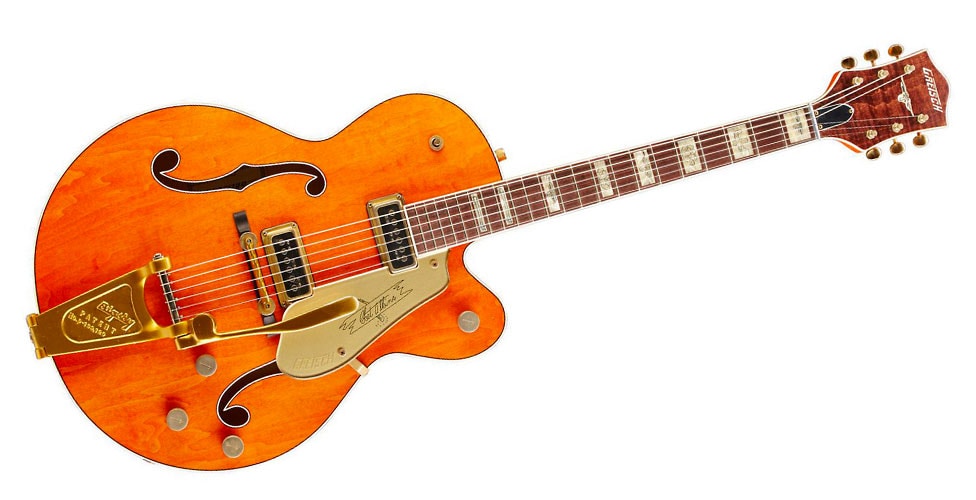
Semi-Hollowbody Guitars
Lastly, we have our lovely semi-hollowbody guitars. Known for their versatility and ability to adapt to any genre, these guitars pull double duty. Semi-hollow guitars have hollow resonating chambers paired with a solid center block, offering fewer feedback issues and making these guitars thinner than hollowbodies. Semi-hollow guitars come in a wide variety of makes, models, styles and sizes. Some semi-hollows have one f-hole, like the Fender Vintera '70s Thinline Tele, while some have dual f-holes, like the legendary Gibson ES-335 or its smaller, elegant cousin, the Gibson ES-339.
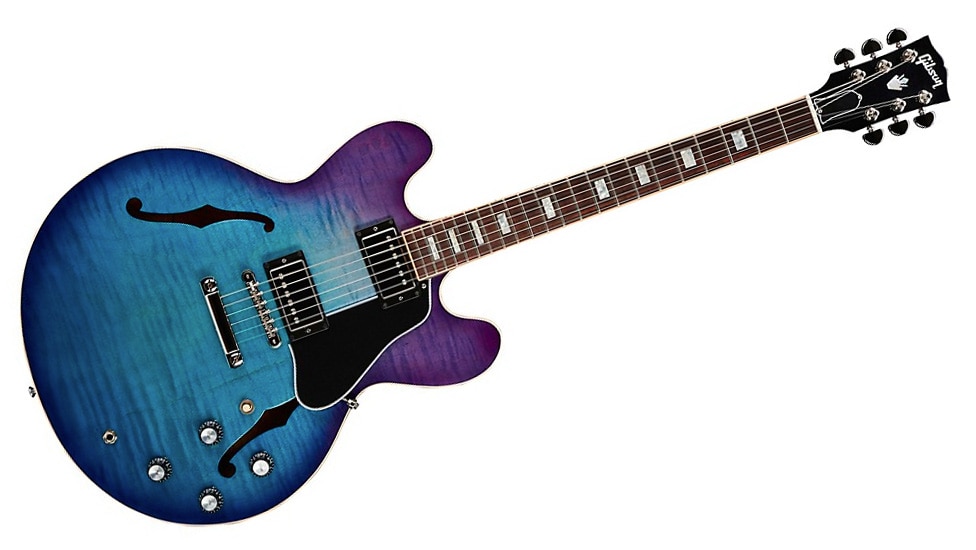
Still on the fence about which body style is right for you? The only way to get a feel for the sound you’re chasing is to swing by your local Guitar Center to get your hands on a few and try them out for yourself.
Still need help choosing an electric guitar? Check out our Electric Guitar Buying Guide for Beginners.








